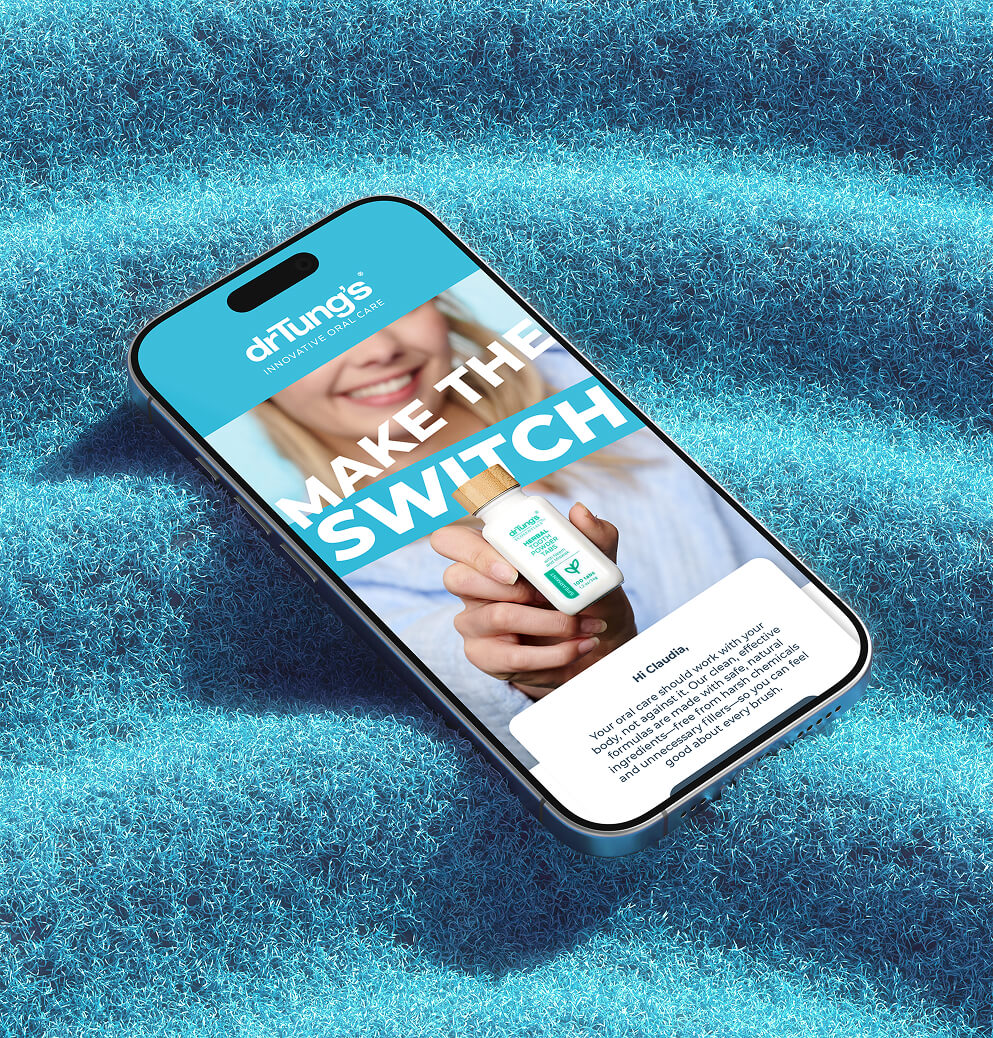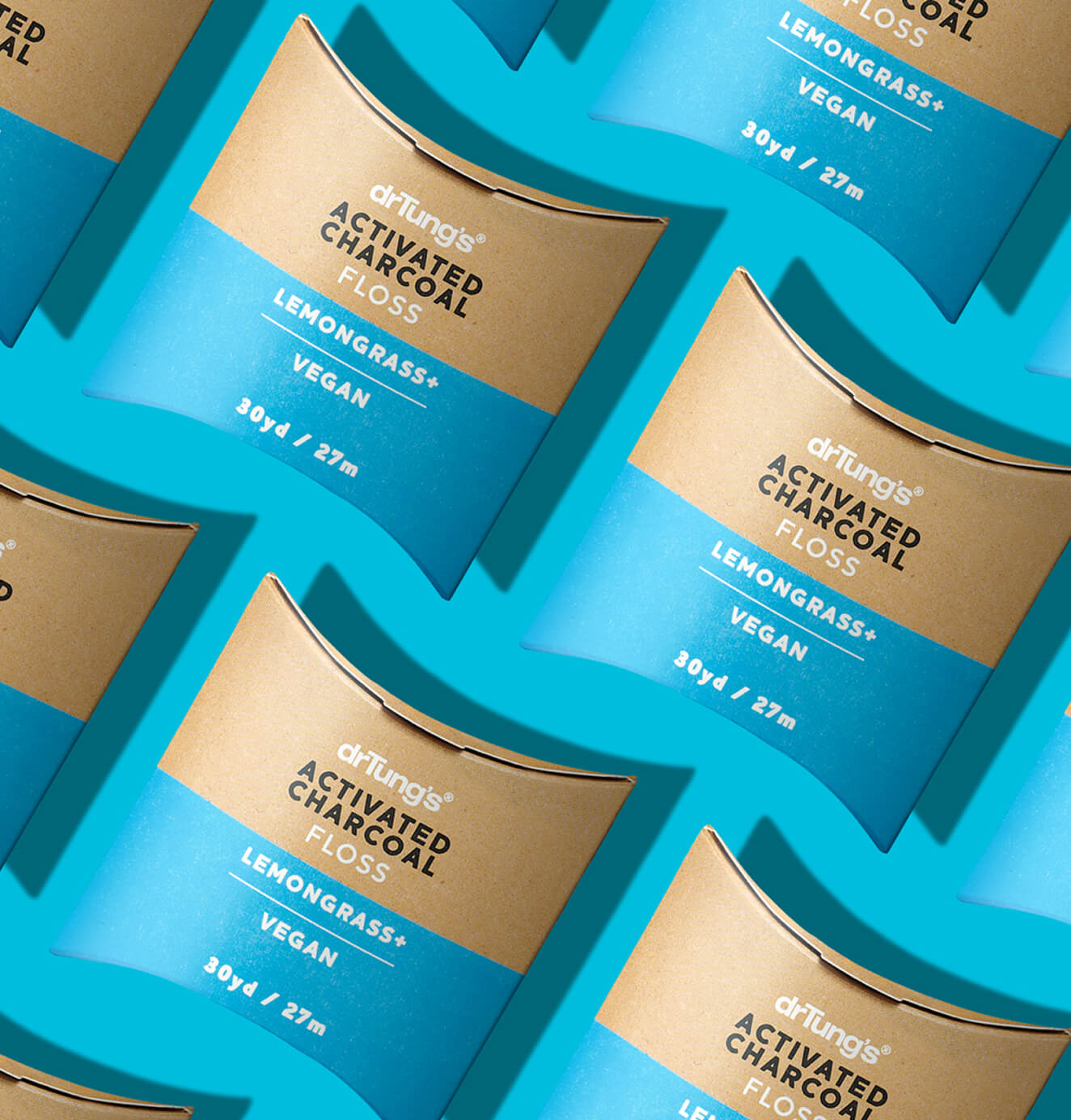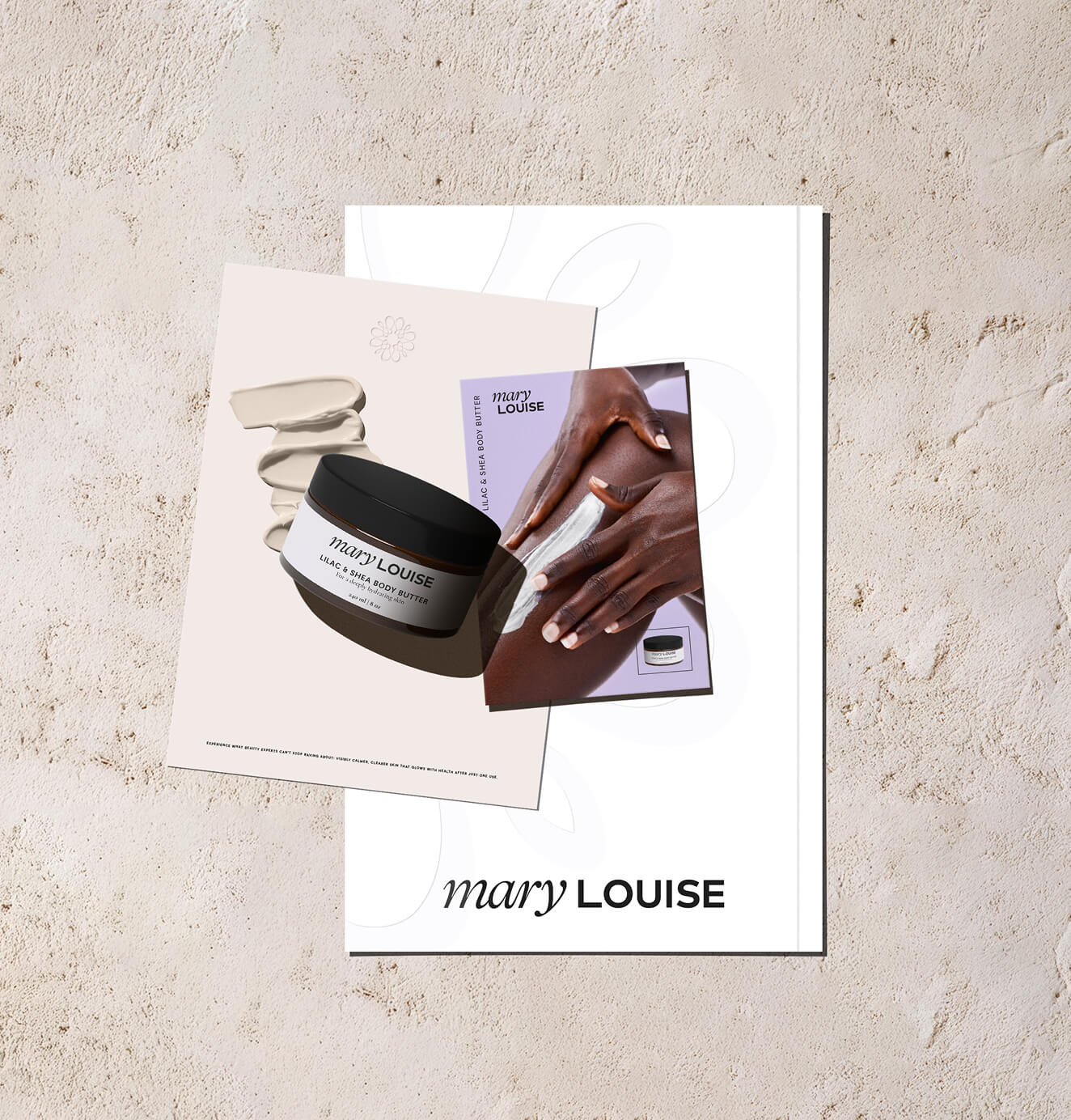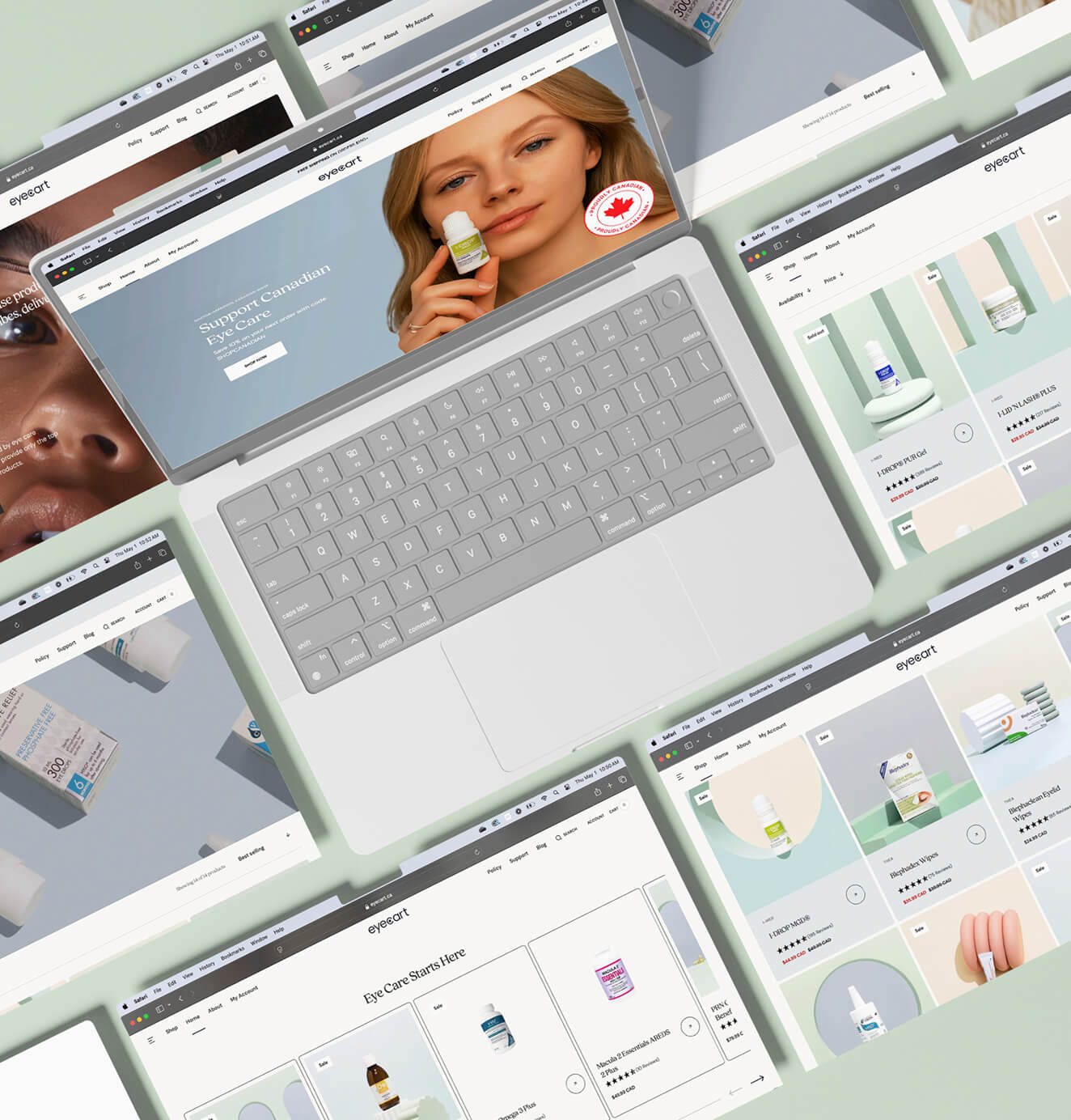What's a Buyer's Persona and How do You Make One?
08/12/2025
Brand Strategy
Learn how to define and create a buyer persona that guides your marketing strategies and attracts the right audience.

Creating content and campaigns that truly resonate with your audience starts with one essential tool: the buyer persona. A buyer persona is more than just a demographic snapshot — it’s a detailed, research-driven profile of your ideal customer, capturing their motivations, challenges, goals, and buying behavior. By clearly defining who your target customers are and what drives their decisions, you can tailor your marketing strategy to speak directly to their needs, build stronger connections, and ultimately increase conversions. In this guide, we’ll walk you step-by-step through the process of crafting effective buyer persona templates, giving you the insights and structure you need to market smarter, engage deeper, and grow your business with purpose.
.png)


A complete guide to creating a buyer persona template



Buyer Personas
What is a buyer persona?
A buyer persona is a profile of your ideal customer.
It helps you to understand who they are, what motivates them, and how they interact with your business.
By understanding your customers, you can create an effective marketing strategy that will increase conversions and improve customer retention.
How do I create a buyer persona?
Creating a buyer persona is a process that requires research and analysis.
You'll need to collect data from customer surveys, interviews with customers, focus groups, or other sources.
Once you have the data, you need to analyze it to understand the different types of people who buy your product or service.
You can then create a detailed profile of each persona, which includes demographic information (e.g., age, gender, location), psychographic information (e.g., lifestyle, interests, values), and behavioral data (e.g., how they use your product or service).
Once you have the profile of each persona, you can create a template for each one that includes the following:
• Name
• Photo
• Age, gender, location
• Goals and challenges
• Pain points and needs
• Preferred channels of communication
• What motivates them to buy
Free buyer persona templates
We've created a free buyer persona template that you can use to help you create your own buyer personas.
The template includes all the sections mentioned above and provides space for you to fill in the information about each persona.
Using a buyer persona template
Once you have created your buyer persona templates, you can use them to guide your marketing strategy.
This guide will walk you through the key characteristics of buyer personas, including their pain points, attitudes and motivations, decision-making tools, influencers, content preferences, and other relevant factors.
Whether you're just starting out with buyer persona development or looking to improve your existing approach, this guide will help you create more effective and engaging content to better connect with your target audience.
So if you're ready to learn more about buyer personas and start crafting content that speaks directly to your ideal customers, then keep reading.
Should you require assistance in crafting primary, secondary, and tertiary buyer personas and customer profiles to bolster your brand positioning and marketing execution, feel free to reach out to us at The Branded Agency, a dedicated startup branding agency ready to support your journey.
What is a Buyer's Persona?
A buyer persona is a fictional representation of your ideal customer.
It's based on research and analysis, and it helps you focus on the needs of your target audience, so you can create better content that resonates with them.
Buyer personas are a marketing automation tool that helps marketers better understand their customers.
They're not just another word for "audience" or "target audience."
They're not a one-size-fits-all solution to creating content.
They're not just a list of demographic data points like age, sex, and income level. And they don't have to be used only by B2B marketers.
Buyer personas are based on real people — not stereotypes or caricatures — which makes them more beneficial than other marketing automation tools because they're easier to relate to and use in everyday life.
Buyer personas help marketers decide who they want to target with their marketing campaigns.
They also help marketers create better content that resonates with those specific groups of people — whether they're customers or prospects who've already expressed interest in your products or services.
What is the difference between a customer profile and a buyer persona?
There is actually a lot of overlap between customer profiles and buyer personas, as they both involve understanding your target customers at a deeper level.
However, buyer personas typically go beyond simple demographics and include more detailed information about customer motivations and behaviors, as well as their pain points, decision-making processes, content preferences, and other relevant factors.
By creating buyer personas that are well-informed and tailored to your target audience, you can create content and marketing campaigns that speak directly to their needs and interests, resulting in more effective engagement and higher conversion rates.
How do you do research for creating a buyer persona?












One of the key steps in creating buyer personas is conducting research to gather relevant data about your target customers.
There are a variety of methods you can use for this research, including surveys, focus groups, interviews, and web analytics.
It's also important to consider secondary research sources as well, such as industry reports, company data, and existing customer profiles.
Once you have collected this data, the next step is to analyze it to identify key trends and patterns related to your target audience.
This can help you identify common needs, preferences, and pain points across different groups of customers, as well as any gaps or opportunities that may exist.
By conducting thorough research and analyzing the results, you can create buyer personas that are highly accurate and well-informed, helping you better connect with your target customers and improve your marketing ROI.
Why make a Buyer Persona?
Buyer personas help you better understand your customers to more efficiently target them with content marketing. By creating a well-defined buyer persona, you can:
- Understand what your buyers want from your product or service.
- Create better content to meet their needs and interests.
- Better tailor your business to appeal to each buyer persona's unique needs, wants, and interests to attract them to your product or service.
Who Should You Interview to Create Your Persona?
When developing your buyer persona, start by interviewing people who fit this profile.
For example, if you're selling widgets to businesses, talk with business owners or managers at companies similar in size and industry.
If you're selling software, talk to someone who works in IT at one of these companies. Talk with people in different organizational roles (for example, marketing manager, operations manager).
This helps ensure that you'll have a variety of perspectives on what's important to them and how they use your product or service.
How do I make a buyer persona profile?
Now that you know some of the ways that a buyer persona can be helpful and how to conduct the research let's dive right in and start breaking down the components of a buyer persona template.
You can, of course, cater and customize the types of questions you ask and the information you gather to suit your business and unique client base.
In terms of formatting, there are various ways to structure a buyer persona, whether it's a slideshow or a one-page printout. It is, however, helpful and convenient to have the buyer persona template on a single, consolidated page.
What information do you include in a buyer persona?
Demographic
A buyer persona's goal is to characterize a potential customer that feels as real as possible. With that in mind, even if the subject of your buyer persona isn't technically a real person, you should give them a name.
This and figuring out which demographics they belong to are among the first things to consider when creating a buyer persona. Here are possible questions to answer when trying to narrow down their demographic:
- What are their age and gender?
- What is their marital status (single, married, divorced, etc.)?
- Do they have any children? If so, how many and how old are they?
- What is their occupation status, and what does their annual income look like?
- What is their education level?
Background
Next, we want to learn more about the potential consumer's background. This doesn't have to be a full-on biography, but it thinks of it as a little blurb giving some insight into the person they are.
Some potential questions to ask regarding their background:
- Where were they born? Where were they raised? Where do they live now?
- If employed, what is their occupation? How long have they worked there?
- What does their career path look like?
- What did they major in at school?
- What are their current interests and hobbies?
Identifiers
We'll also want a good idea about your persona's identifiers.
Understanding who they are and how they behave or communicate should influence how you interact with them.
- What is their personality type?
- What is their daily lifestyle like? What do they enjoy doing?
- What is essential and of value to them?
- How do they like to communicate and receive information?
- What annoys or bothers them?
- What Do They Want and Why?
Goals and Motivations
Find out what their goals are in various aspects of their life. Depending on what demographic they fall into, these goals can vary greatly. Maybe start off by asking them about their primary professional goals.
What does their job entail? What are they responsible for? How is their performance measured, and what are their rewards? What really drives them to accomplish the tasks and objectives assigned to them?
Find out what matters to them professionally. Perhaps your potential client is a student, in which case you might want to explore their goals academically and after graduation.
After discussing their primary professional goals, start to take a look at some of their secondary ones.
What other things are they responsible for in their role? Are any tasks not necessarily in their job description that they've taken upon themselves to complete?
What's the bigger picture or company objectives, and how do they contribute to achieving them? Outside of work, what are their personal goals?
Where and how do they spend their precious personal time? What's important to them here? Are they driven by their family or friends?
Do they value specific personal accomplishments? What are some of their hobbies and other interests? What's the real reason they go to work and do what they do?
One of the more important things to figure out about your potential consumer is their motivation. We touched on this briefly when we discussed personal goals. What gets them out of bed in the morning?
The big question that needs to be answered: Why? Why do they do what they do? Why do they want what they want? And what is their plan to obtain it?
Want to learn more about brand platforms, Brand Strategy and Brand Identity? Keep reading!
If you need help with your companies brand strategy and identity, contact us for a free custom quote.
Challenges or Pain Points

Similarly, your client's challenges can vary depending on their demographic. A lot of the time, their challenges will correspond with their goals. What roadblocks and obstacles do they face when trying to achieve their professional, academic, or personal goals? What hurdles hinder their journey to accomplishing what they set out to do?
Do they need more time? More money? Education? A support system? All of them?
Now we're getting to the real meat of the buyer persona – what does your potential consumer want or need? What main pain points have led them to seek a solution?
How severely do these pain points affect their lives? Is it a minor annoyance, or is it a showstopper? The solution to their pain points should be exactly what your business is offering as a product or service.
How Can You Help?
You've gathered all of this information about your potential client for your buyer persona template – now what?
Use this data to build and form your proposition and convince the consumer that your product or service is the solution to all of their problems.
What is Your Position
What is your position in all of this?
In other words, what are you offering, and why is it the solution to your persona's main pain points?
Describe your product or service and ensure it's exactly what your potential customer is looking for.
Communication Channels
Determine the best channel of communication with your consumer. Are they on various social media websites? Do they prefer communicating through direct messages on Twitter or Instagram?
Are they more inclined to speak with you over the phone or text?
Is Facebook reserved for communicating with friends and family only?
Figuring out these details will help you to reach out and connect with your prospective clients.
Watering Hole
What are their watering holes?
Or, what resources do they already use when searching for solutions to their main pain points?
Is there a specific website that they frequently visit?
Are they getting their information from social media platforms or blogs?
Urgency For a Solution
Another thing to consider is how urgently your consumer needs a solution to their pain points.
Do they have multiple pain points?
If so, what are their priority levels, and which ones will you offer solutions to first?
What is their process for deciding whether to purchase a product or service and how far along this process are they?
Elevator Pitch

Your elevator pitch is your product or service description boiled down into a simple and concise statement. Short enough that you can describe and hook them during the time constraints of an elevator ride.
Speak directly to the buyer persona you've created. Acknowledge your consumer's pain points, demonstrate a genuine understanding of what they need, and then offer them the perfect solution.
How do You Use Your Buyer's Persona?
In addition to helping you market more effectively, buyer personas also help when conducting sales pitches or negotiations with prospects because they provide real insight into what each prospect cares about most.
That way, you can tailor your pitch to them instead of making generic claims that may not resonate with everyone equally well.
For example: If one of your buyer personas cares primarily about price while another one cares primarily about quality, then it makes sense for you to emphasize these points during negotiation so that both parties feel like they’re getting what they want out of the deal.
What’s a Negative Buyer Persona?
Suppose a buyer persona is a semi-fictional representation of your ideal consumer. In that case, a negative buyer persona is the opposite: it represents the type of consumer you do not want to work with.
Whether the negative personas you define are people who are too experienced for your service, people who do not have the budget to acquire your services or people who aren't committed to your product, it's just as important to understand their profiles to not waste your time or theirs.
It's nobody's fault, but sometimes you're not the right fit.
A buyer's persona is a profile of your ideal client
Buyer personas have become crucial to B2B and B2C marketing strategies.
These profiles help align strategy, develop content, prioritize critical accounts, and drive demand through ad targeting and segmentation.
We hope that we were able to explain how to make an effective buyer persona and how they can really help improve your marketing efforts.
Do Market Research to create Buyer Person Templates
Your market research should include your existing customer base, potential customers, target market, customer pain points, customer preferences, persona's motivations, customer interviews, audience data, customer data and other important information.
When you conduct market research it is important to keep your target customer, existing customers and audience persona in mind when making customer personas.
The customer persona will help your sales team and the entire company focus their marketing efforts on their prospective customers.
You should create multiple buyer personas using customizable buyer personal templates.
Your marketing and sales team can assist in creating different buyer personas by pulling information from your actual customer base, reviewing existing buyer persona examples and following a buyer persona template.
Creating a buyer persona will take some time, even if you use an existing buyer persona template, if you don't have the time or resources to do this, you may want to consider hiring a digital marketing agency to assist you with creating customizable buyer persona templates.
The Branded agency is a full service digital marketing and branding agency here to help you create buyer personas for your brand.
Our team can help you develop an effective strategy to reach your target audience and grow your business having a clear understanding of your customer’s needs, goals and interests.
We also have experienced professionals who can help you make sure that your buyer personas accurately represent the people in your target market.
With our expertise, we can design custom buyer persona templates that are tailored to meet the specific requirements of each customer segment and provide insights into their buying behavior.
Reach out today to learn more about how Branded agency can help create an engaging customer experience that results in increased conversions and higher ROI for your business.

Sloane Avery
As entrepreneurs, they’ve built and scaled their own ventures from zero to millions. They’ve been in the trenches, navigating the chaos of high-growth phases, making the hard calls, and learning firsthand what actually moves the needle. That’s what makes us different—we don’t just “consult,” we know what it takes because we’ve done it ourselves.
Want to learn more about brand platform?
If you need help with your companies brand strategy and identity, contact us for a free custom quote.
We do great work. And get great results.
+2.3xIncrease in revenue YoY
+126%Increase in repurchase rate YoY








+93%Revenue growth in first 90 days
+144% Increase in attributed revenue








+91%Increase in conversion rate
+46%Increase in AOV








+200%Increase in conversion rate
+688%Increase in attributed revenue












